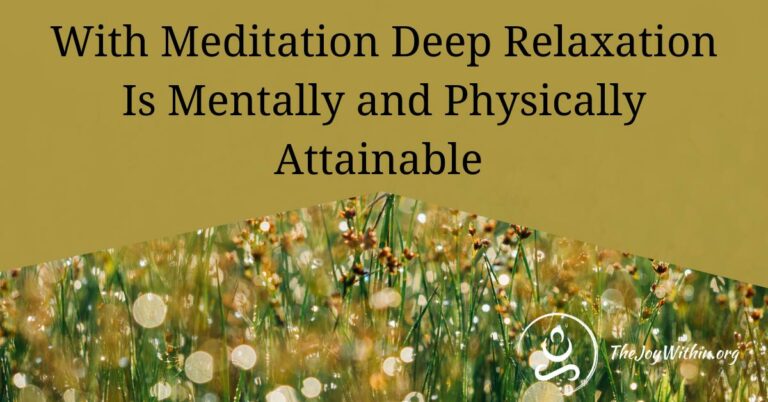ADD and ADHD called attention deficit disorder (ADD) and attention deficit hyperactivity disorder (ADHD) is a disorder of extreme inability to focus and concentrate. It often begins to show symptoms within the early childhood as very easily distracted, which can impact the child’s performance in school.
The difference between ADD and ADHD is the hyperactive component within ADHD. This can begin to display itself not just as an inability to focus but always being on the go and hopping from one task or idea to the next.
This disorder is more prevalent within tasks that are unstructured or the person does not particularly enjoy. In severe cases, it can impact daily life and work.
The struggle someone has to self-regulate when navigating either one of these disorders can benefit from the natural remedy of meditation.
The Impact Of Meditation On ADD and ADHD
Dedicating yourself to the practice of meditation actually directly strengthens the prefrontal cortex of your brain which can begin to explain how this natural treatment for ADD and ADHD can work.
The prefrontal cortex holds organization of thought, planning, decision making, and evaluating the impact of actions. Psychologically it is associated with executive functions. This includes guiding the thoughts to weighing pros and cons, reading social cues, and filtering impulses.

Meditation Techniques For ADD and ADHA
The difficulty with meditation for someone with one of these disorders is simply beginning. The practice is a practice as there is no specific goal and day to day the effect of your practice will change just as the inner landscape of your mind changes.
It can be difficult to stick with meditation when you have to keep returning the mind to a focused center point especially with the hyperactive component in ADHD. Although in essence, this is the practice of meditation.
No matter how many times your mind strays or wanders bringing it back to focus whether, on the breath, a mantra, visualization, or an external object is the essence of the practice. This will still have the effect of strengthening the prefrontal cortex.
Meditation teaches one to be aware of being aware and how to objectively witness emotions they are experiencing. This can help those with ADHD become less ruled by impulsiveness.
Here are some techniques to aid or use within your meditation practice that can help ease the mighty task of singular focus:
Patience
First and foremost an attitude of gentle patience is necessary in anyone’s meditation practice as through cultivating this self-awareness we are presented with our inner critic and the mental blockages that are holding us back in life
Yoga Asana
The practice of yoga asana or the physical practice of yoga was introduced simply to prep the student for seated meditation. This works to gather and center the mind by easing into a meditative state through movement-based focus.
The asanas were also introduced because ancient yogis that sat and meditated for days at a time did not need to cleanse and deprogram themselves from the effect of our current fast-paced society.
The yoga asanas also activate different systems within the body that calm the mind and release toxins stored within the body. Many jobs currently are desk jobs or very repetitive movements which is not the diverse state our bodies used to be living in.
We have recorrecting to do within the yoga asana practice that can then prep the body and mind for a deeper-seated meditation. The current state of our society is based on multitasking, immediate gratification, and not really taking the time to slow down.
Therefore, including a short yoga asana practice before beginning meditation can really prime the mind of someone with ADD or ADHD. The asanas should focus on forward bends and longer exhales than inhales which activate the parasympathetic system causing the body to switch out of flight or fight mode.




